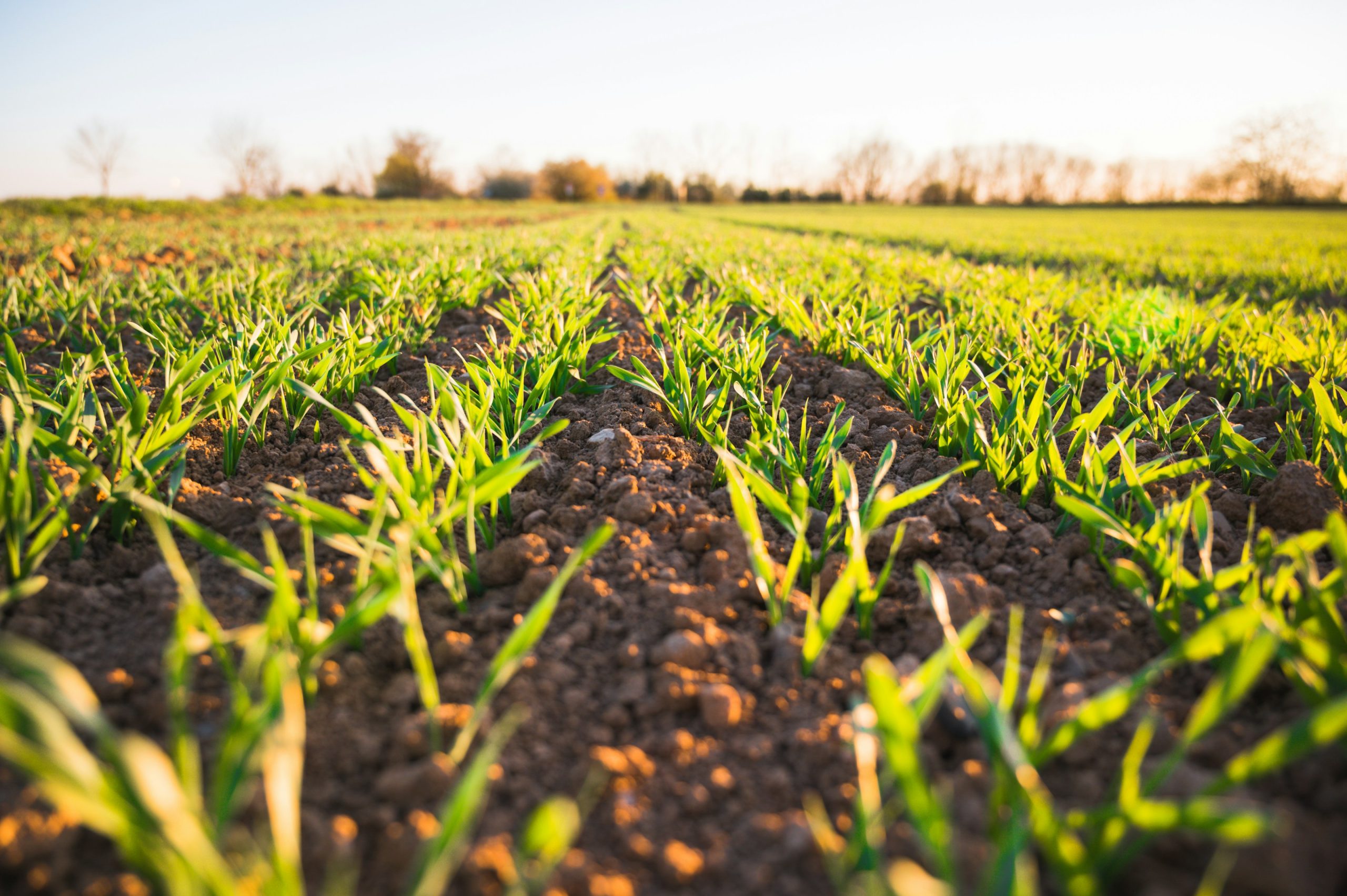The challenges farmers face are expanding. Global unrest, unpredictable markets, rising inflation, expensive transportation, and extreme weather are all impacting how food is grown, but how are farmers reacting? For many, the answer is an increased focus on emerging agricultural technologies, such as controlled-environment agriculture.
As agriculture moves towards automation, what technologies and best practices will lead the way? In a recent webinar hosted by The Food Institute, Agritecture founder and CEO Henry Gordon-Smith and Tortuga AgTech CEO Eric Adamson outlined the current state of ag tech before diving into a boots-on-the-ground view of how the tech is applied.
Agritecture is an advisory services and tech firm focused on climate-smart agriculture, particularly urban and controlled-environment agriculture (CEA). Agritecture’s mission is to accelerate the transition to smarter and more resilient agriculture by fostering a new era where agriculture is economically feasible, resilient to climate change, and powered by data-driven strategies.
“Controlled Environment Agriculture (CEA) is really hot,” Gordon-Smith said during the webinar, which was sponsored by BMO and Marcum. “We used to grow food where we lived; over time, we moved agriculture away from our cities and used supply chains to import it. That gave us huge opportunities, but it removed (over time) the ability to grow well within cities.”
Sydney, for example, grows 20% of its own food; by 2031, that number is likely to dwindle to 6%. Smart growth offers a huge savings with reductions to 14%.
“We need an ecosystem of tech-enabled agriculture,” he continued, citing huge global opportunities in urban agriculture – an estimated $80 billion market.
By its very nature, however, ag tech takes a long time to prove proof-of-concept. Infrastructure needs to be built; plants and crops need time to grow. Gordon-Smith cited vertical farming as slowly approaching an area of profound technological enlightenment, but not after an initial onslaught of excitement, investment, and finally failure for some startups who couldn’t see the forest for the trees – the tomatoes for the vegetable garden, if you will – and folded.
He also mentioned several areas he’d like CEA development to focus on: professional education; available (and affordable) tech, such as harvesting robots; energy-intensive systems, and final product pricing. If any of the dominoes doesn’t stack with the rest, an ag-tech startup may soon find itself out of the black and into the red.
Eric Adamson, CEO of Tortuga Ag Tech, agreed.
“Farms drive our world and need to transform,” he said. “Every crisis and market trend, from weather-related disasters to global recession, makes farm tech inevitable.”
There are many types farms, of course, and each farm requires its own niche brand of infrastructure and development to thrive in the new-look world of ag tech – there are industrial farms, protected culture farms, farms of tunnels and farms of glass. He also mentioned vertical farming as a trend to watch in ag tech.
Adamson also concurred on the increasing role of robots in responsible, sustainable, progressive farming.
“Robots can do the dull, dirty, dangerous jobs that humans can’t or won’t do; in some conditions, robots can pick fruit in far more efficient ways, such as getting the right fruit at the right time for maximum ripeness,” he said, cutting down overhead on fruit not yet salable or past its time. In other words, the right robot in the right setting can keep costs low and efficiency high.
To view the webinar, learn more, and dive into the world of contemporary ag tech, please click here.












